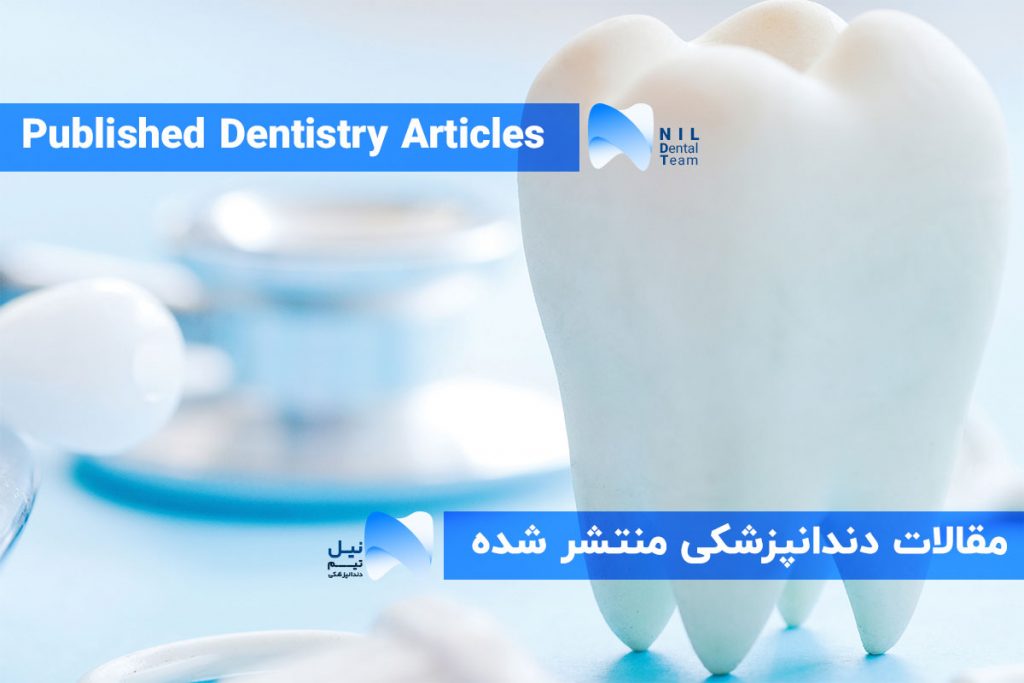Abstract:
Background: The aim of this study was to assess the fracture resistance of pulpotomized primary molars restored with incremental and bulk‑fill composite application techniques.
Materials and Methods: In this in‑vitro experimental study, 36 extracted primary molars were nonrandomly (selectively) divided into three groups of 12 each. All teeth underwent conventional pulpotomy treatment, and mesio‑occluso‑distal cavities were prepared in such a way that the buccolingual width of the preparation was two‑thirds of the intercuspal distance, and the depth of the buccal and lingual walls was 4 mm. The teeth were then restored as follows: Group 1 (control) was restored with amalgam, Group 2 was restored with Tetric N‑Ceram composite using the incremental technique, and Group 3 was restored with Tetric N‑Ceram composite using the bulk‑fill technique. The restored teeth were subjected to thermocycling and then underwent fracture resistance testing in a universal testing machine at a crosshead speed of 1 mm/min. Fracture resistance of groups was compared using the one‑way ANOVA and Tukey’s honestly significant difference test.
Results: The mean fracture resistance was 1291.47 ± ۶۰۳.۸۸ N in the amalgam, 1283.08 ± ۵۹۴.۵۷ N in the Tetric N‑Ceram incremental, and 1939.06 ± ۱۳۴.۴۷ N in the Tetric N‑Ceram bulk‑fill group. The difference in this regard between Group 3 and Groups 1 and 2 was statistically significant (P = 0.019 and P = 0.035, respectively).
Conclusions: Bulk‑fill composite is recommended for reinforcing the remaining tooth structure after the primary molar pulpotomy procedure. Time‑saving chara
برای مطالعه مقاله می توانید از طریق زیر اقدام کنید:









